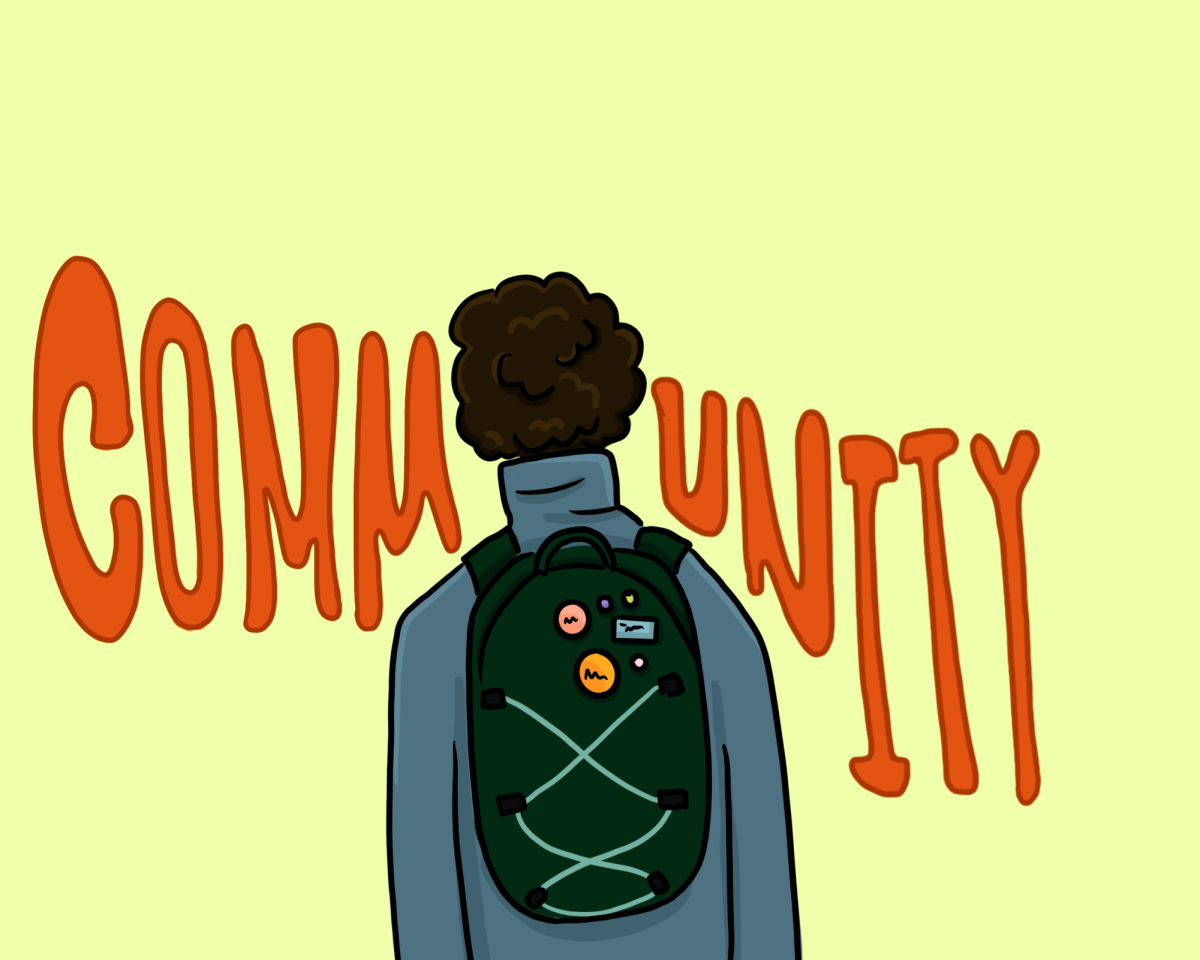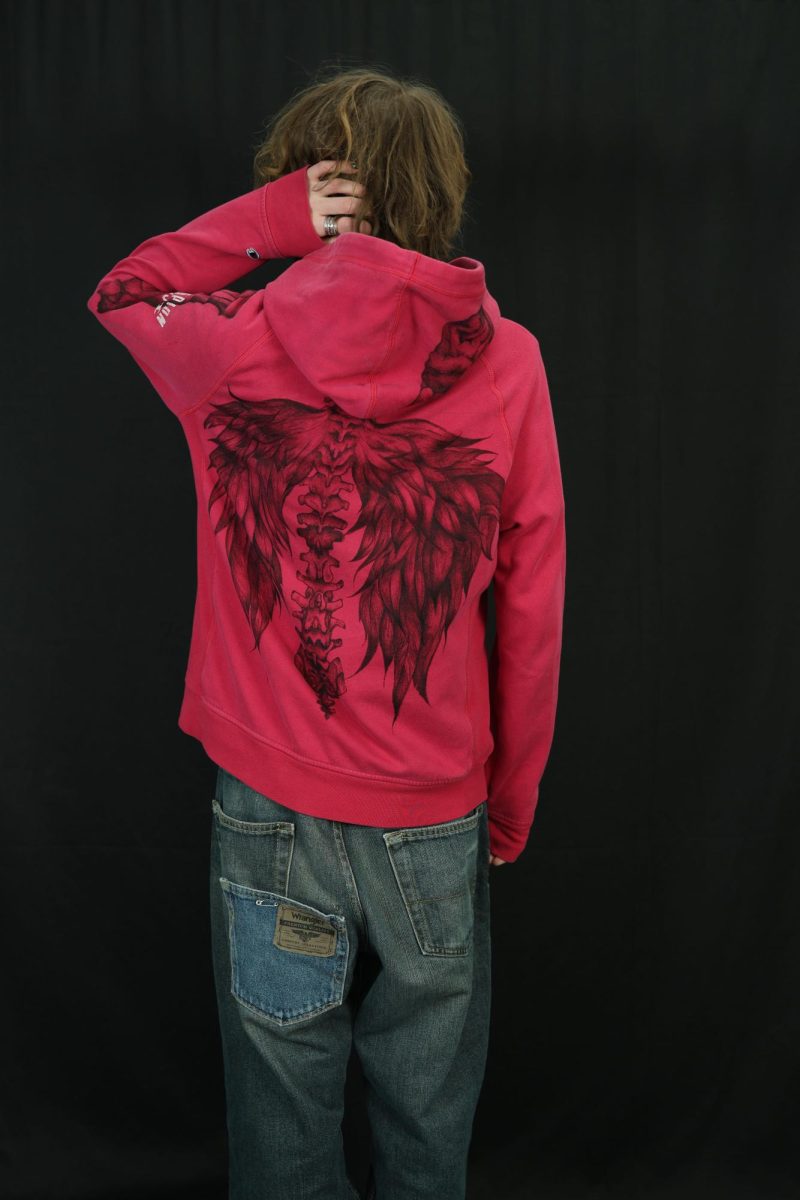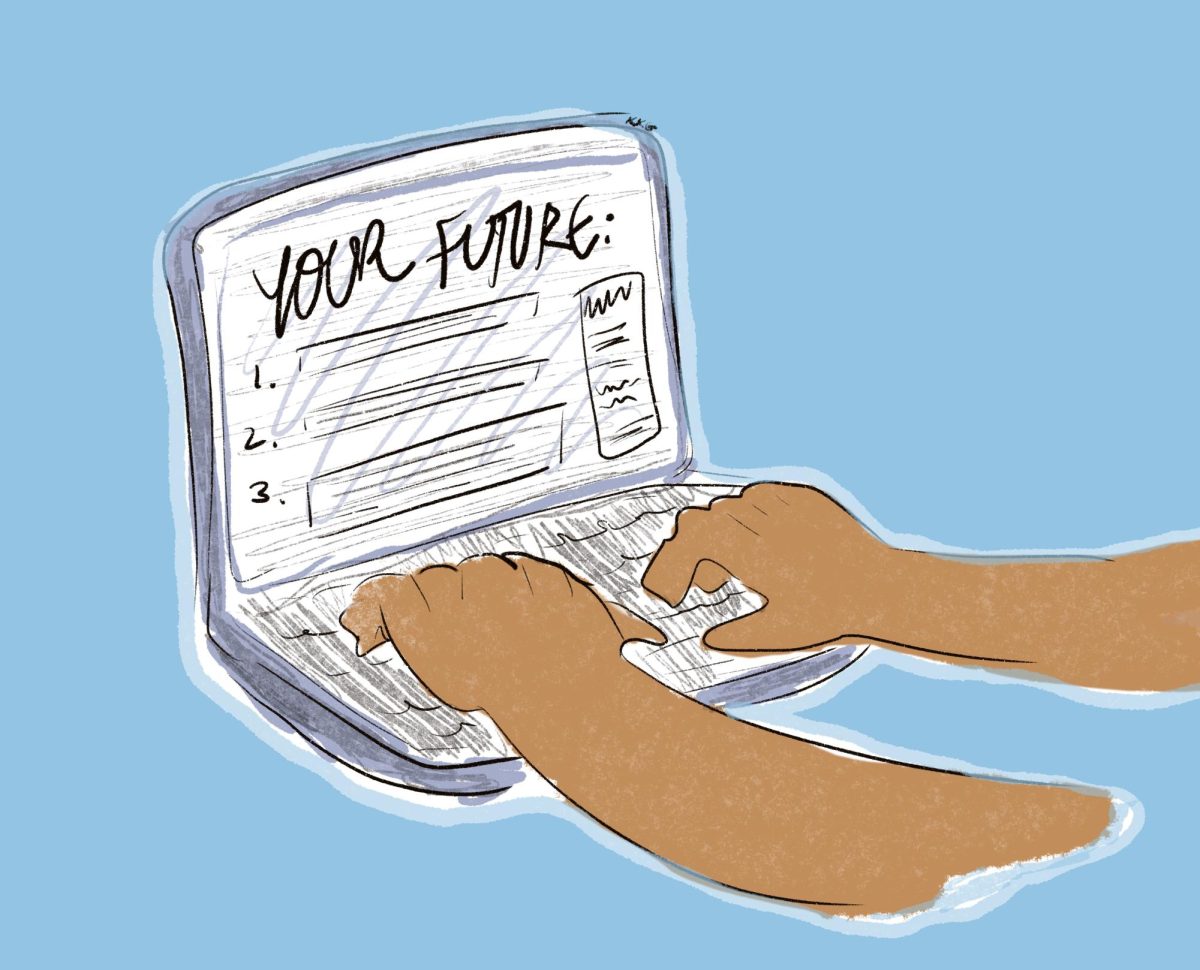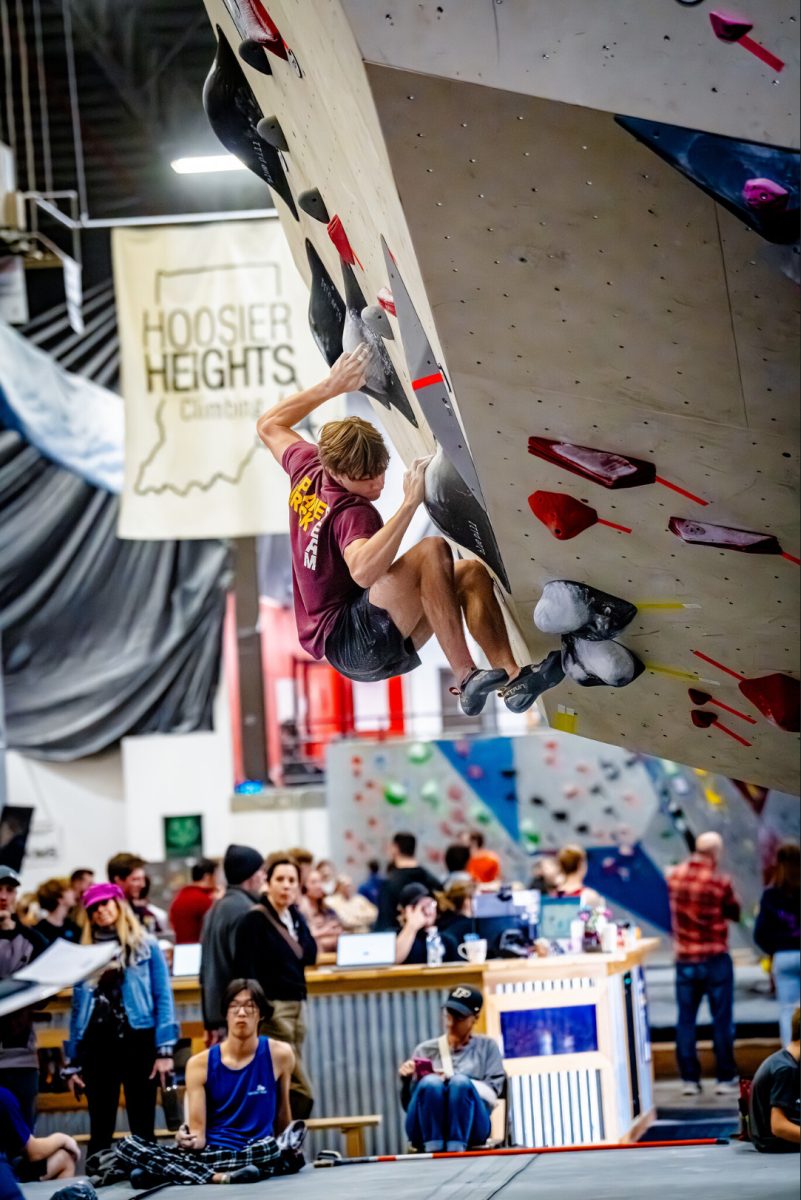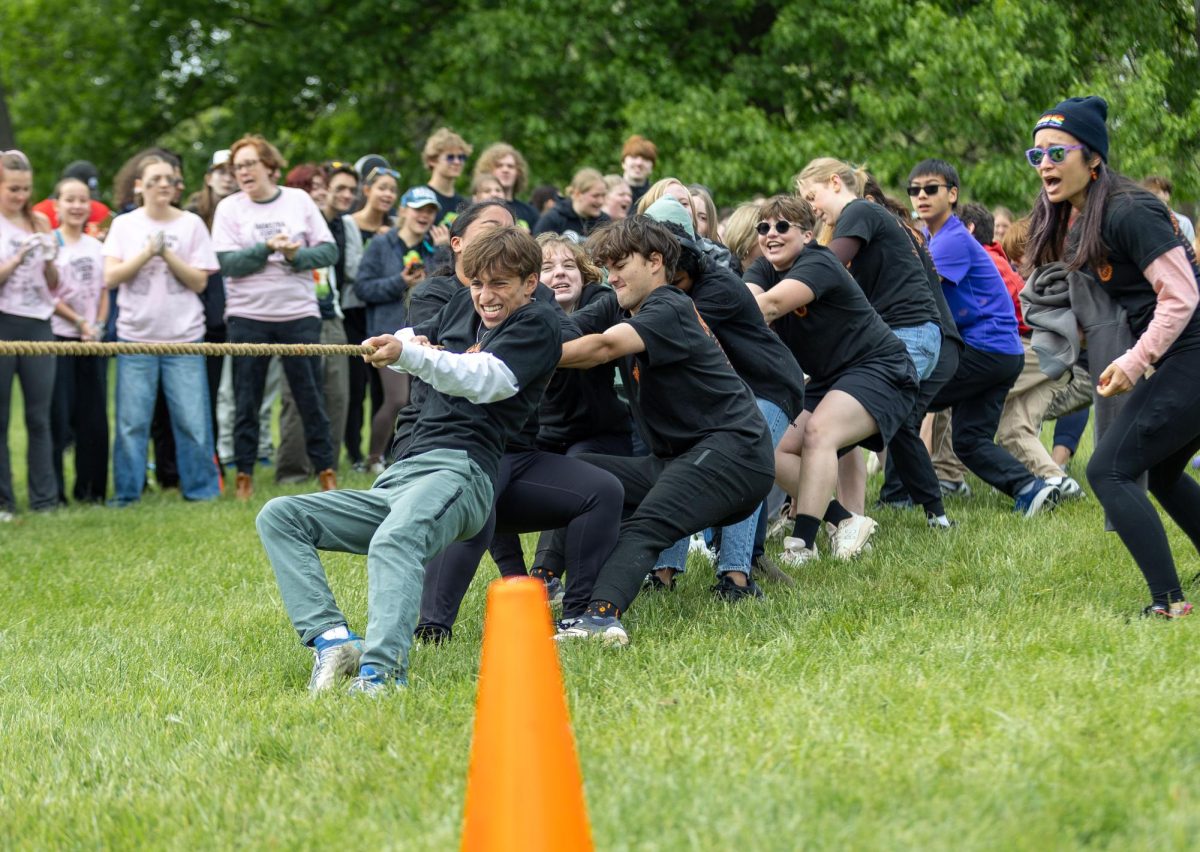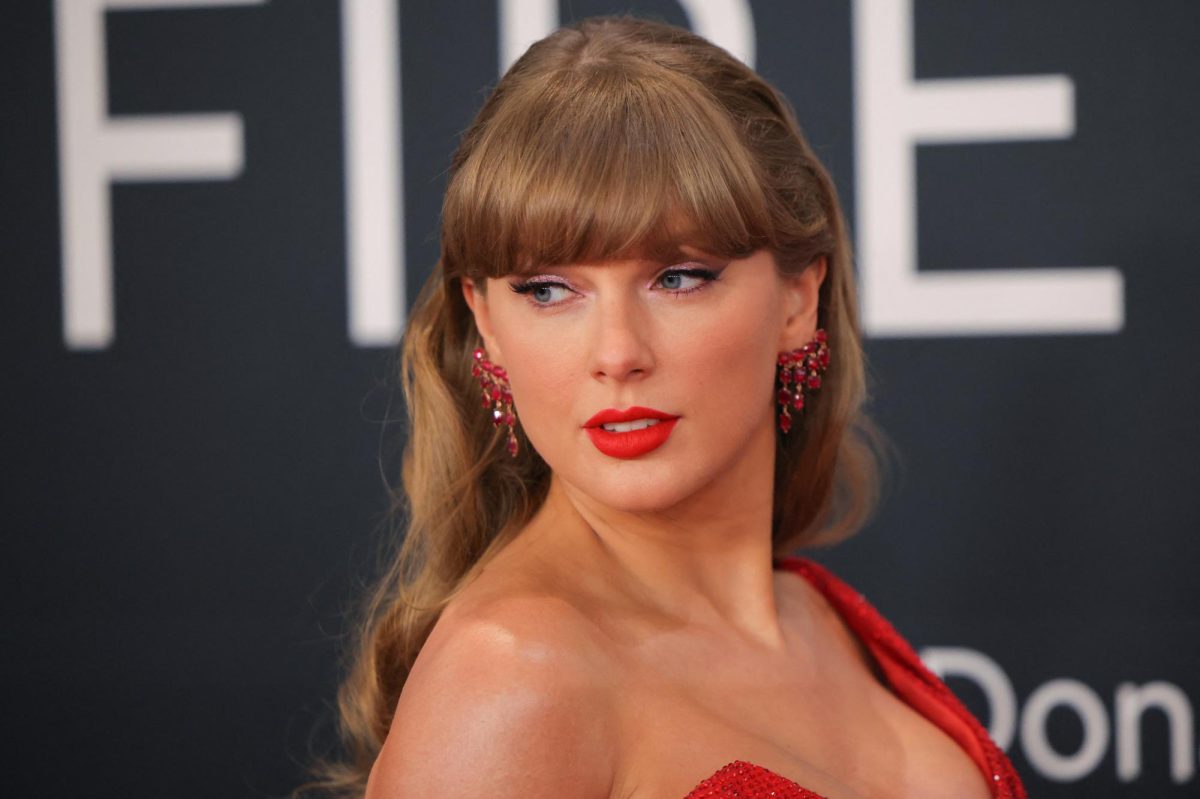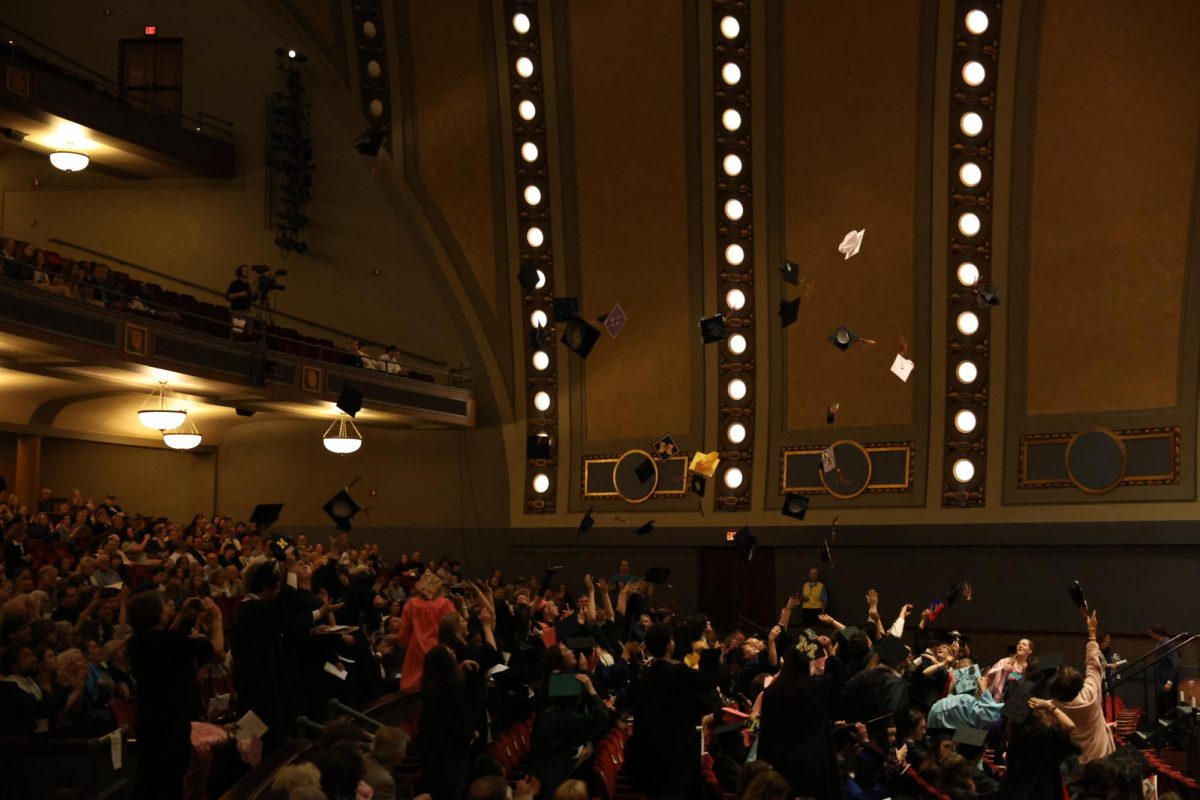
Humans began running 1.8 million years ago, not with Nikes nor Adidas, but with bare feet. Over time, society has morphed the way we run by marketing running shoes with the philosophy that the more padding and support, the better. Not necessarily. Recently, people have found a way to return to the roots of running. Not only is it natural, but it is becoming a major phenomenon around the country.
One of these barefoot enthusiasts, Barefoot Ted, discovered barefoot running in 2003. Barefoot Ted is an avid barefoot runner and has run in shoes ranging from Kangoo Jumps—running shoes with built in springs—to Luna Sandals. He was also the first to endorse Vibram FiveFingers as running shoes. Barefoot Ted has run with the Tarahumara, a superhuman tribe in the Copper Canyons of Mexico, multiple times. The Tarahumara run for up to 120 miles in one segment without stopping, and are well-known for their long-distance running abilities. Barefoot Ted currently owns his own company, Luna Sandals, modeled after shoes that a native Tarahumara, Manuel Luna, taught him how to make.
Although he is an experienced runner now, that wasn’t the case eight years ago. Barefoot Ted ran through years of agony and many different running shoes, but finally discovered the answer to relieving his pain. “My first day running barefoot, it was almost instantaneously obvious that I had really found a solution that was going to actually work. It was stunning, it was an incredible epiphany that the least amount was actually the most comfortable and that the style, the form of how I was going to be moving was really the most important and not the footwear,” Barefoot Ted said.
Ted believes that humans’ existence proves that we have successfully survived as the most prominent long distance running animal. “What we can say with great confidence is that barefoot running or running in bare, or minimally clad, feet has been a human behavior that has out lasted everything that we know about being human when it comes towards culture. In other words human beings have been the eminent moving and hunting and endurance animal on this planet for much longer than historical time,” said Barefoot Ted.
There is more to barefoot running than just history. Barefoot Ted has come to realize why, logistically, running barefoot allows us to be more in tune with our bodies. “The mechanics of barefoot [running], wherever you are, are way better than something that doesn’t involve the mechanics of the foot as it is. So, FiveFingers and any other footwear that essentially preserves the foot, well that’s gonna make a lot more sense, and that’s what the real difference is,” he said. “This footwear became a symbol of the change. [Barefoot running] is the radical beginning of a paradigm shift that is unstoppable because the more we look at this, the more clear it becomes that, up until now, our assumptions about footwear and what we need to do to run have not been adequate, and certainly not scientifically based.”
Barefoot Ted continued to explain how running impact affects the body: “A better way to put it is if you want to see how ineffective your heel is at absorbing impact, just stand on a hard surface in bare feet and jump up and inch and come back and land on your heels, you will find out real quickly, that’s a very very bad idea.”
Lukas Trierweiler is also a barefoot runner. Trierweiler, a junior at CHS, has been running in barefoot shoes for two years. “It’s really comfortable, it’s really like running in your bare feet,” said Trierweiler.
Trierweiler has found that running comes more naturally in barefoot shoes. “I have a regular routine of running, but with barefoot running, sometimes I just feel like ‘oh man, I gotta run in these shoes’ because it just feels so good sometimes. It feels like you’re just literally running with the wind,” said Trierweiler.
Barefoot running has also inspired Trierweiler to run farther distances. “I go off how much better it feels, and that coincides with how much longer I can run. When you feel good about your running, then you can run a lot longer.” He added, “When I run in [barefoot shoes] I feel like I could run another three miles than what I would normally.”
CHS senior, Keely O’Donnell, has found similar experiences with barefoot running shoes. She began by trying to change her form. “I just tried changing my stride with my normal tennis shoes, but they have a really thick heel and it was really hard to do. But my sister ended up getting a pair of these Vibram FiveFingers and I ended up liking them so much that the next day I went out and got a pair, too.”
Making the switch from regular running shoes to barefoot shoes was slightly difficult for both O’Donnell and Trierweiler. “It really takes building the strength in your feet when you try out the barefoot shoes because at first, they hurt your whole foot and tendons if you’re not used to running like that, but as you run in those shoes, you grow a lot of strength in your feet and they become a lot more resilient, and it feels really good when you’re running,” said Trierweiler.
O’Donnell added that not everyone can make the switch to barefoot shoes: “Just because you are supposed to do something one way doesn’t mean you can’t do it the other. It’s a different thing, technically everyone is born to run barefoot even though not everyone can; you can’t teach an old dog new tricks. And if you were raised to run 26.2 miles in a shoe with two inches of heel you are going to do it. If you don’t know another way you don’t know what you are missing.”
Although not everyone can learn to run barefoot, many people are choosing to. O’Donnell described it as a running revolution sweeping the country. “Everyone wants to get on the revolution and no one ever wants to be left off of the bandwagon.”
O’Donnell and Trierweiler both agree that barefoot shoes have changed their running for the better. “I love them and I think that it is great to know that you are running the way people were meant to be and you are not part of some over-processed culture of running shoes. It is so nice to go back to the roots of humanity and know that you are carrying on a tradition that was started by the first humans who knew nothing of what the world would become. And it feels so free not to be held down.”
Trierweiler continued, “It definitely gave me a better viewpoint on what it is like to really run. It’s not just a sport, it’s a passion to just run and enjoy the nature and run with just the clothes on your back, and in this case, barefoot shoes.”



